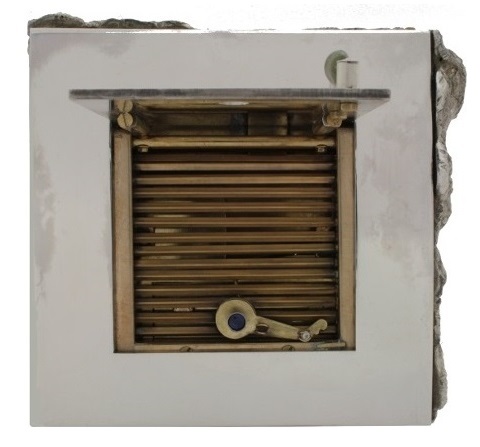A Silver Box

Making the four doors, five mechanisms and frame gave me an insight into using a lathe, milling machine and casting.

Making the four doors, five mechanisms and frame gave me an insight into using a lathe, milling machine and casting.
Copyright © 2003-2025. Ignorance Paradox all rights reserved. First published 2003. Updated 2025